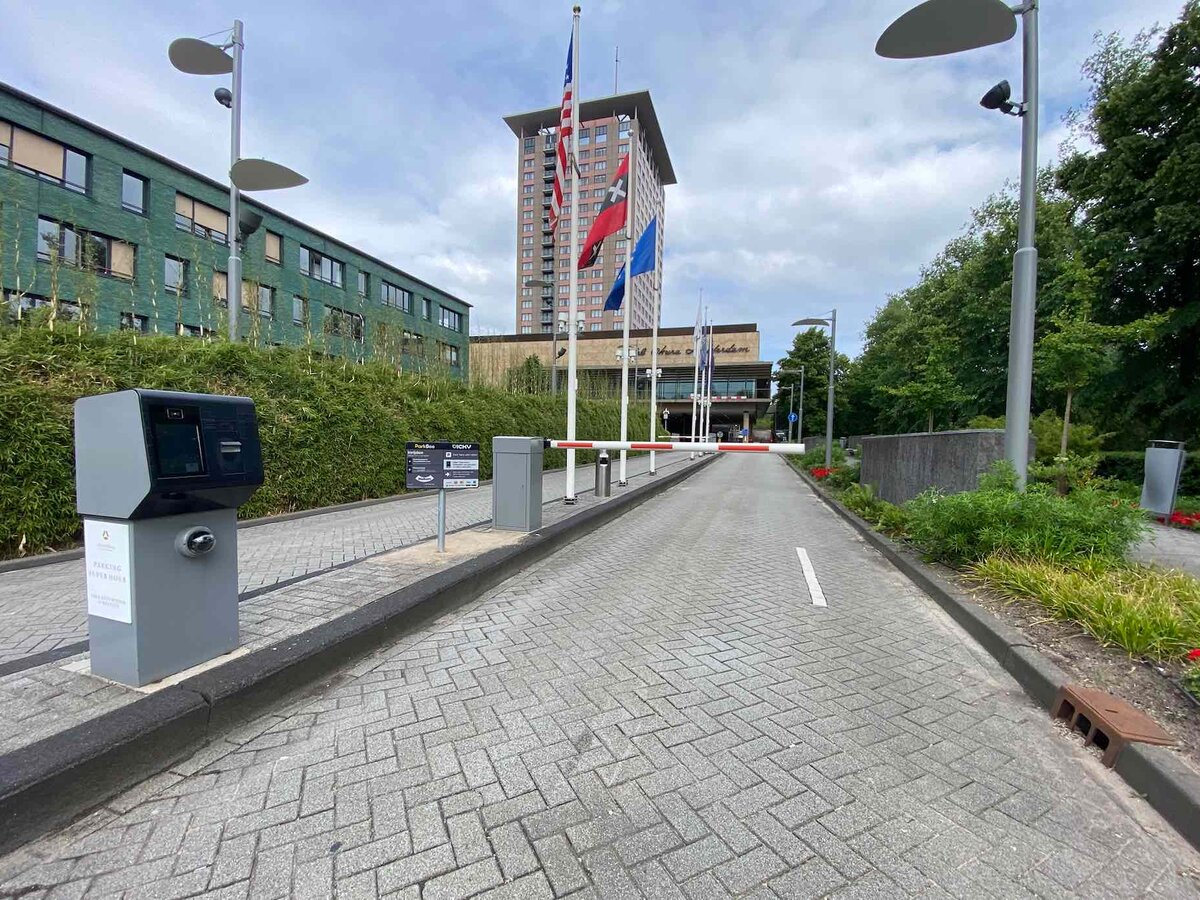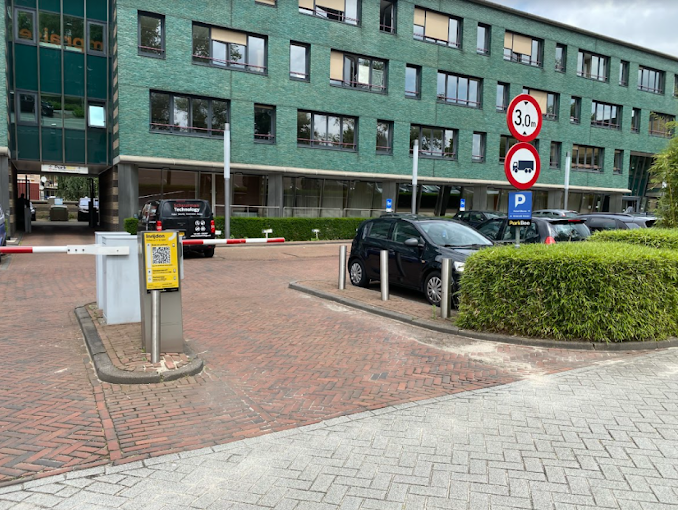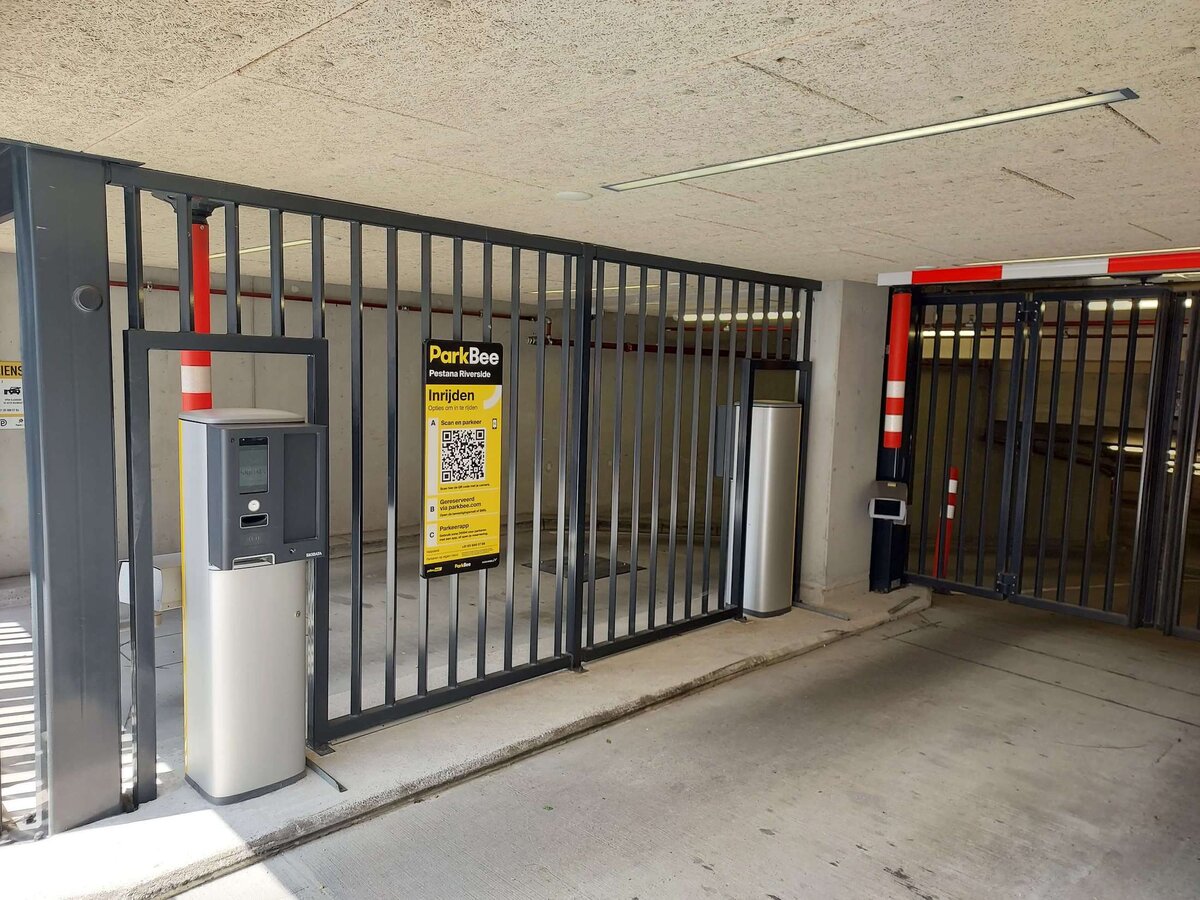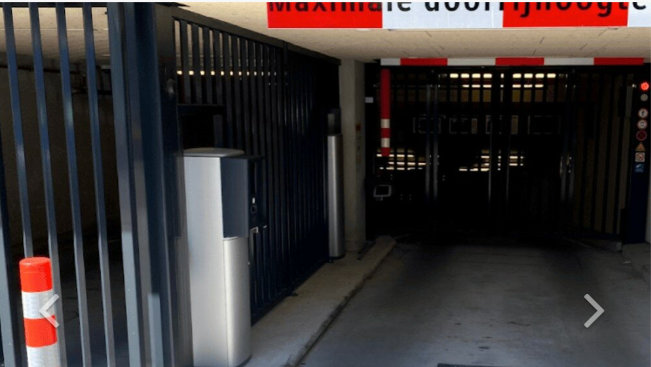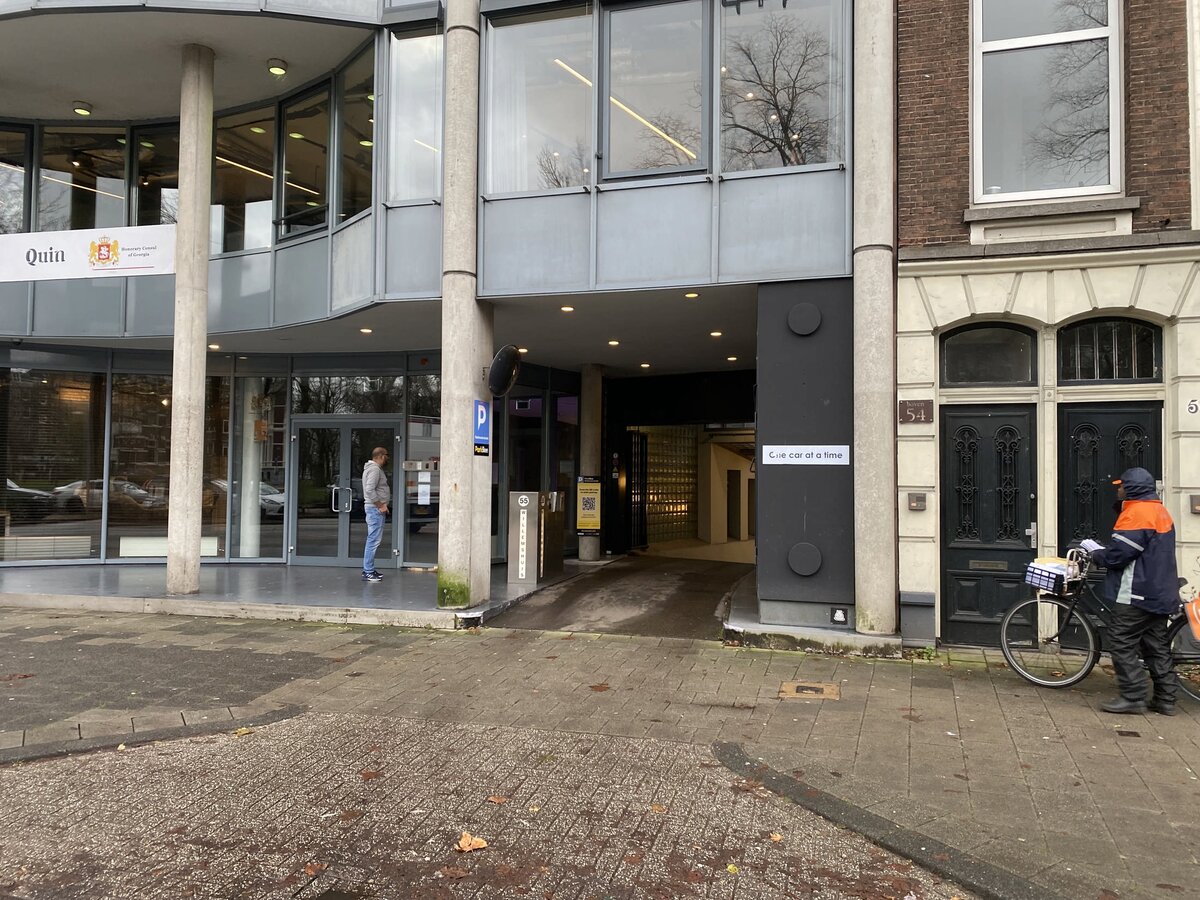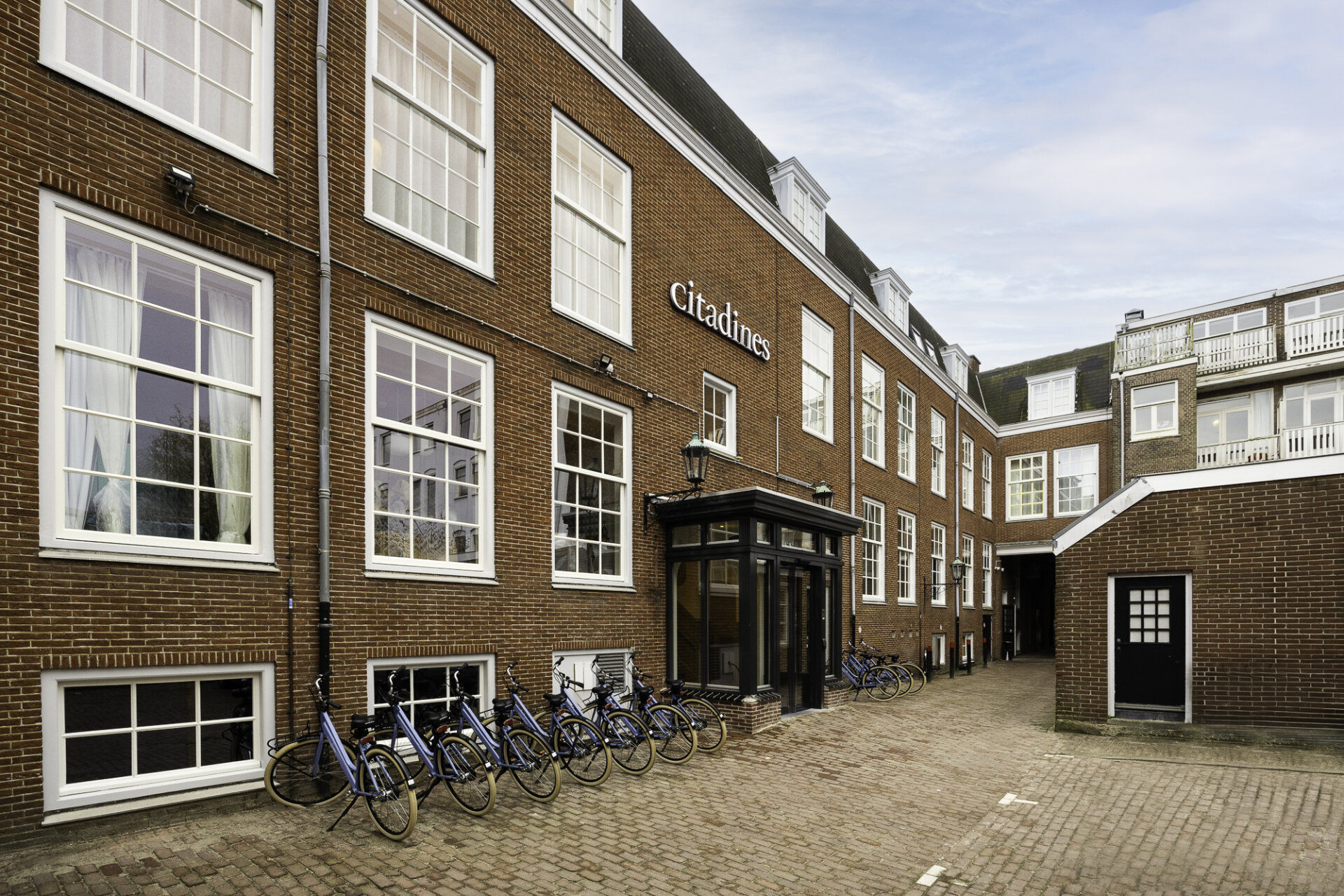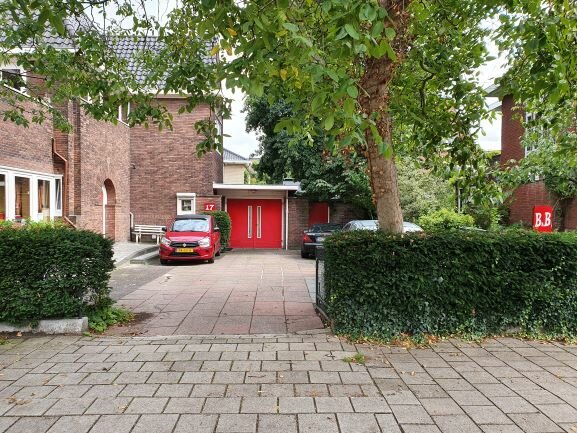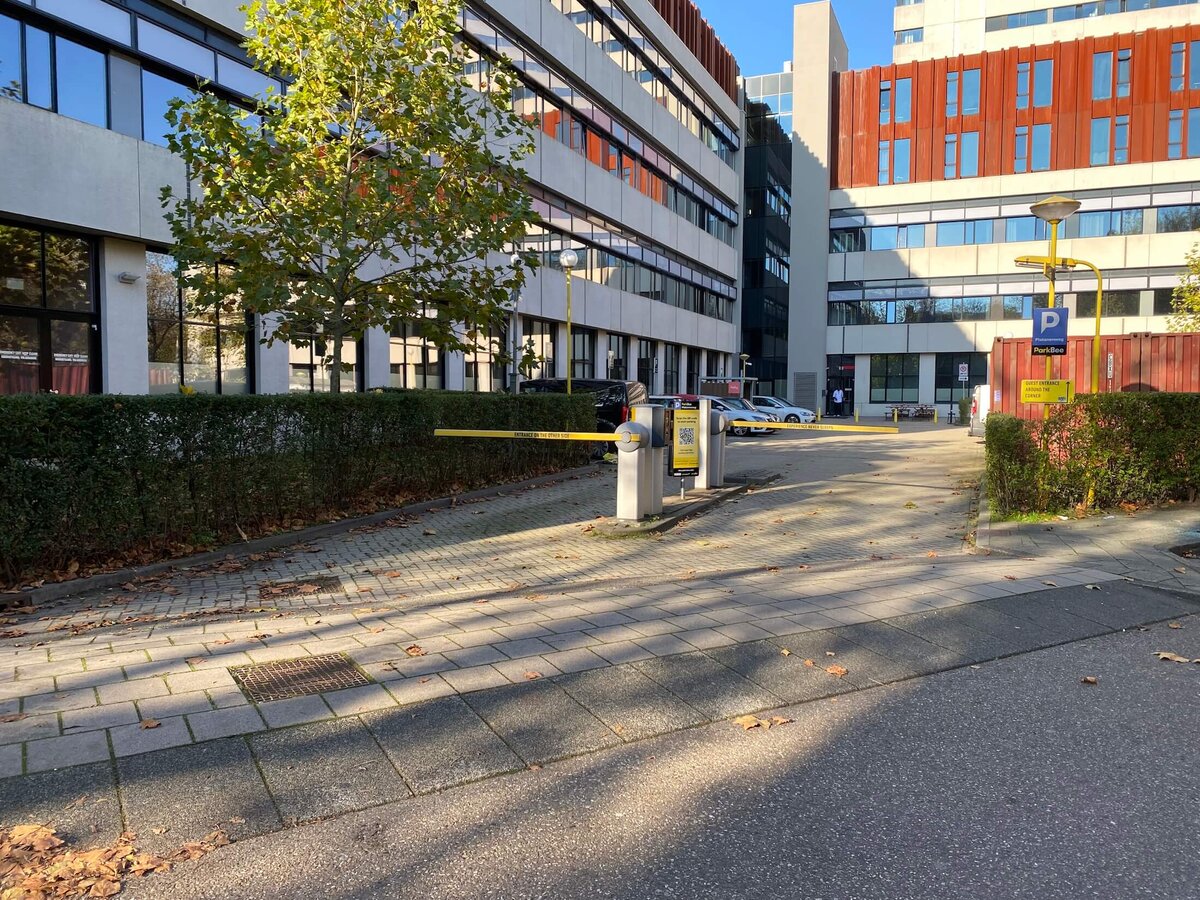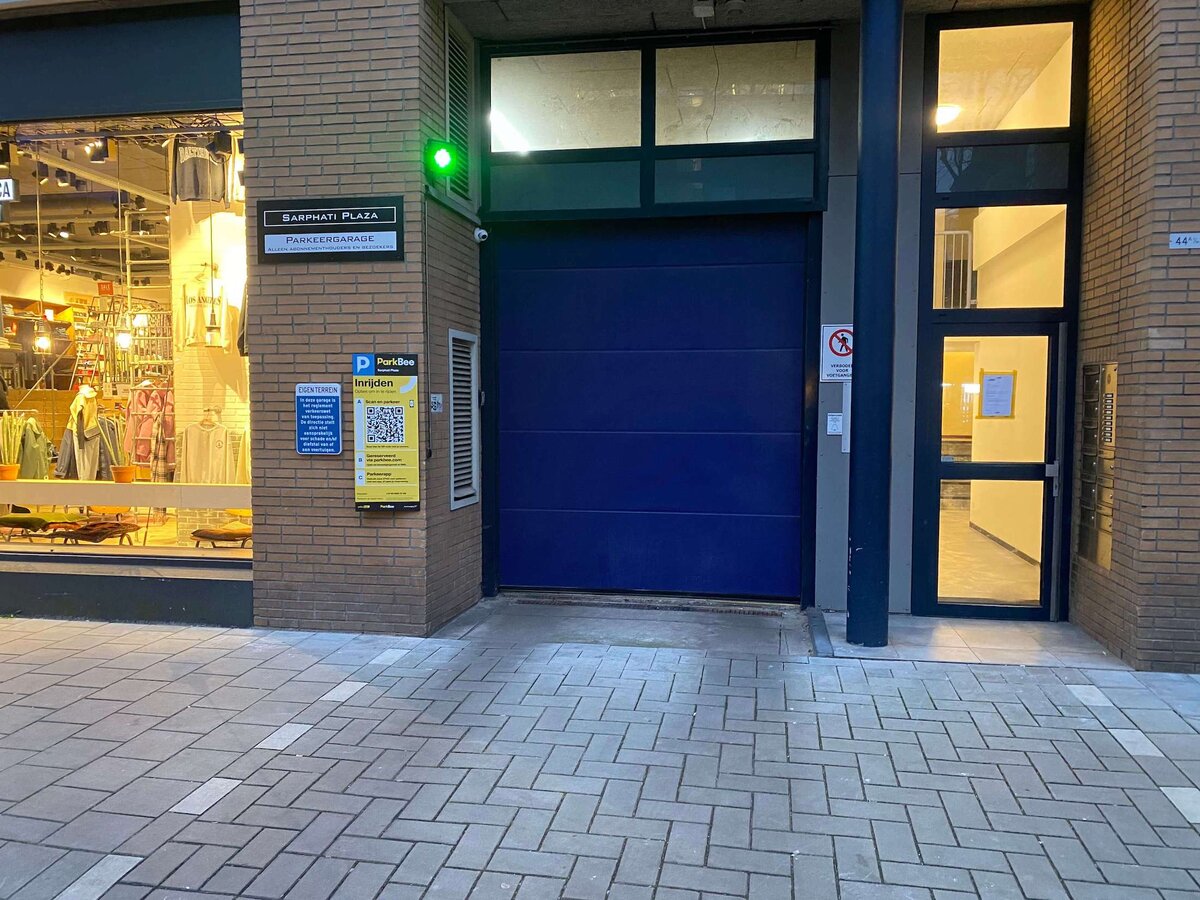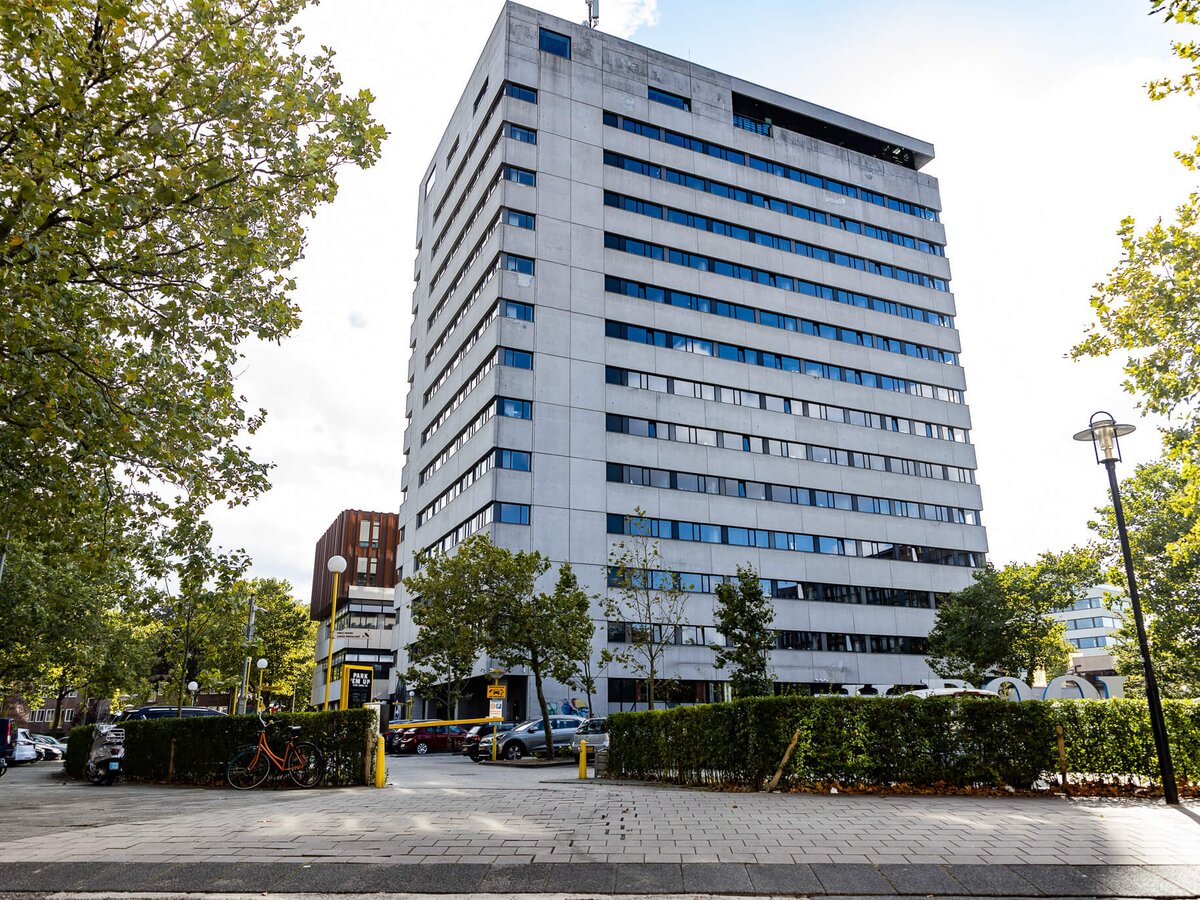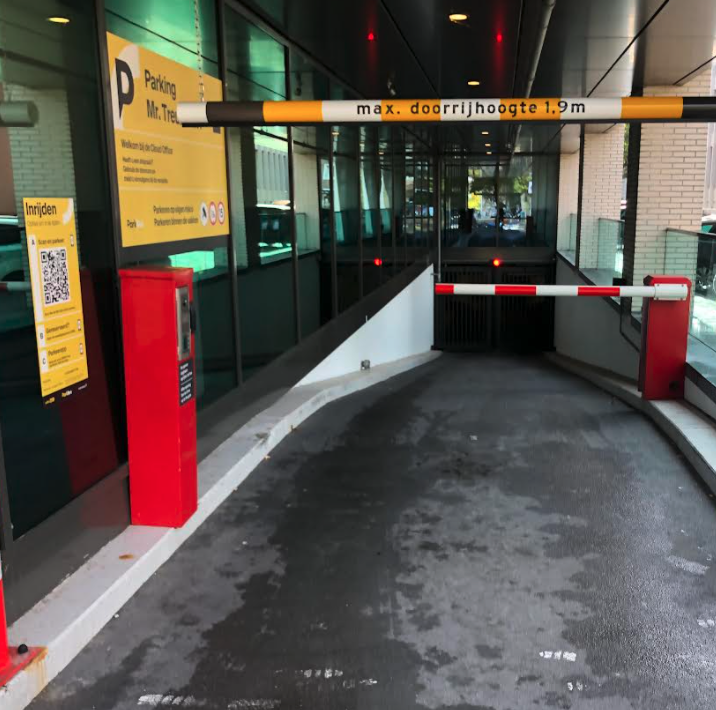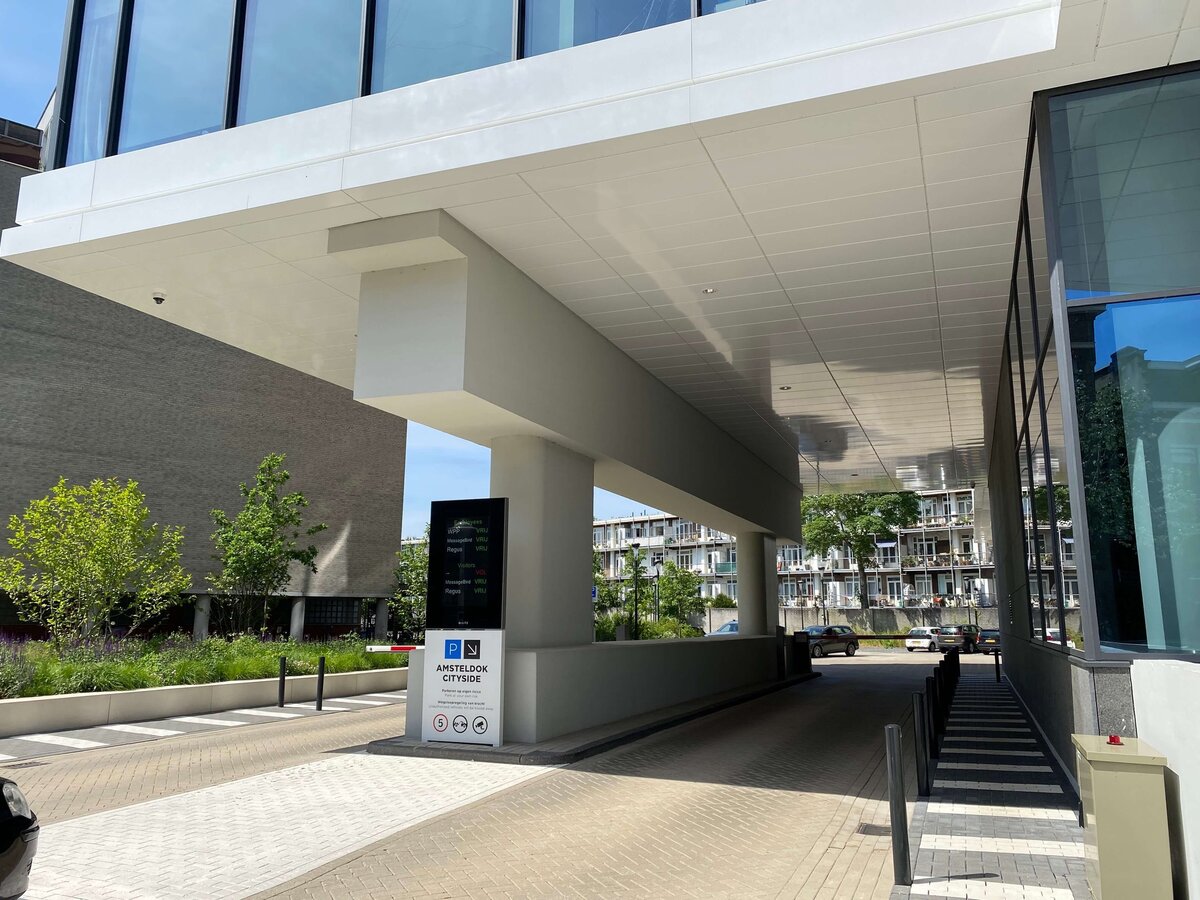





Find parking near Nieuwe Pijp, Amsterdam Zuid, Amsterdam
Nieuwe Pijp (also referred to as Zuid-Pijp) is an Amsterdam neighborhood located in North Holland with approximately 12,300 people residing within it as of July 31, 2017 according to population counts from 2017. At a central city level, Nieuwe Pijp is part of neighborhood combination V25/V26: Niwe Pijp and Diamantbuurt; it covers an area of 93.79 ha in combination with Oude Pijp to form De Pijp neighborhood/former city district that together form De Pijp neighborhood/formerly city district that comprises De Pijp and bordered by Ceintuurbaan/Sarphatipark/Ceintuurbaan/Amstel Canal/Boerenwetering respectively.
Nieuwe Pijp was first designed by architect Berlage in 1917 and developed between 1921 and 1929, following construction from 1917 onward. The area consisted of two sections - Diamantbuurt and between Tweede Van der Helststraat and Van Woustraat - known for their architecture from the Amsterdam School movement, including Michel de Klerk and Piet Kramer's complex for De Dageraad as its focal point; adjacent co-ops included Catholic housing association Schaepman as well as general Construction Company for Acquisition of Own Homes or later Association Our Home; these developments could then continue until 1929 respectively.
The Dageraad complex from 1919-1922 is architecturally magnificent and widely considered one of the crowning achievements of Amsterdam School architecture. Comprised of Pieter Lodewijk Takstraat, Therese Schwartzeplein, Henriette Ronnerplein and Burgemeester Tellegenstraat; with two symmetrical blocks whose corner buildings dominate Burgemeester Tellegenstraat but also notable buildings on Therese Schwartzeplein and Henriette Ronnerplein; it boasts two monumentality as it stands today!
Cooperatiehof was constructed a few years later and features housing that echoes Dageraad complex; however, after Michel de Klerk died in 1923 it was designed by Piet Kramer alone for another cooperative called Association Construction Company for Acquiring Own Homes (ACCOAH).
Diamantbuurt is home to an architectural gem from 1921-1925 by Jop van Epen, featuring brick construction and numerous artistic details.
Parking in Nieuwe Pijp can be an arduous endeavor for both residents and tourists, yet Mobypark provides convenient and affordable options in this neighborhood. Through Mobypark you can reserve a spot ahead of time at a discounted rate to ensure you have one when you arrive; furthermore contactless parking means entering and exiting without physical tickets or payments - saving time while contributing to a safer, cleaner parking experience!
Mobypark goes beyond traditional parking solutions by also providing electric vehicle (EV) charging stations in the area, becoming increasingly important as more people switch to electric cars. Mobypark's charging spots enable EV drivers to quickly locate and reserve one so that they have enough power for their journey ahead.
Parking rates near Nieuwe Pijp
Parking time
Mobypark parking rates
1 hour parking
from € 2.70
24 hours parking
from € 22.00
1 week parking
from € 119.00
1 month parking
from € 300.00





